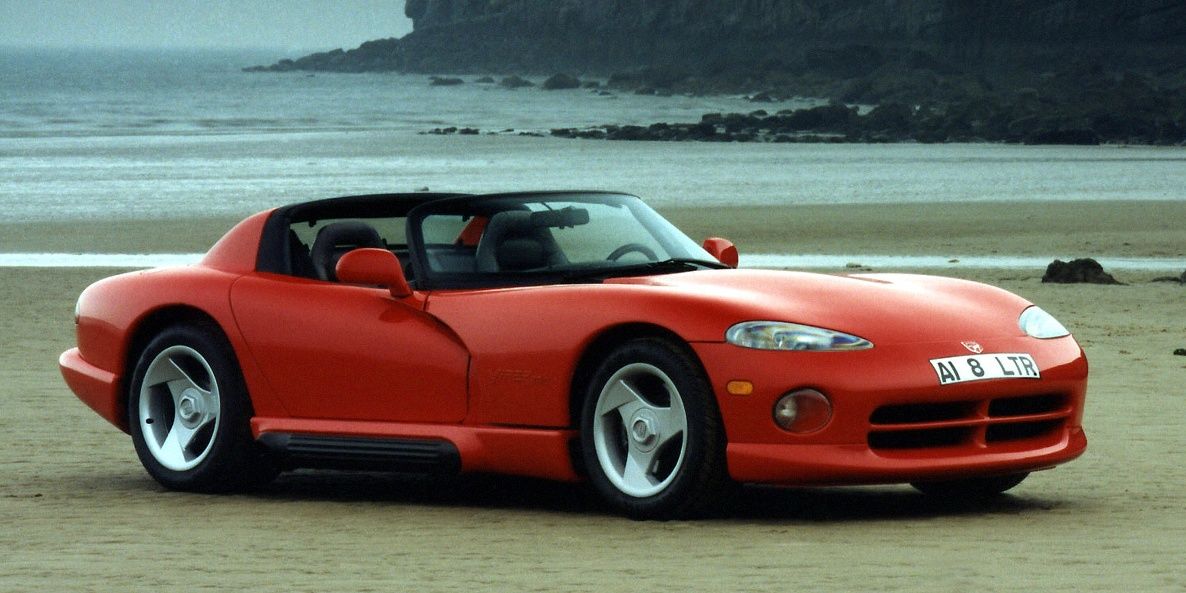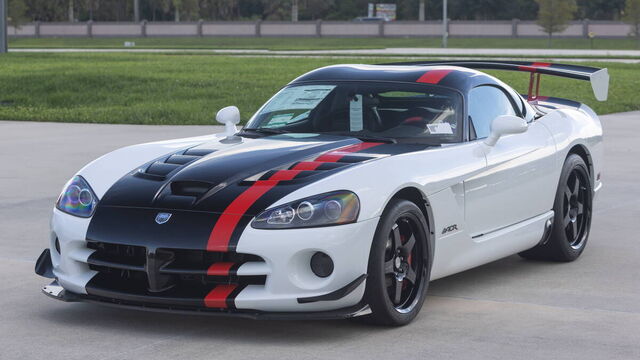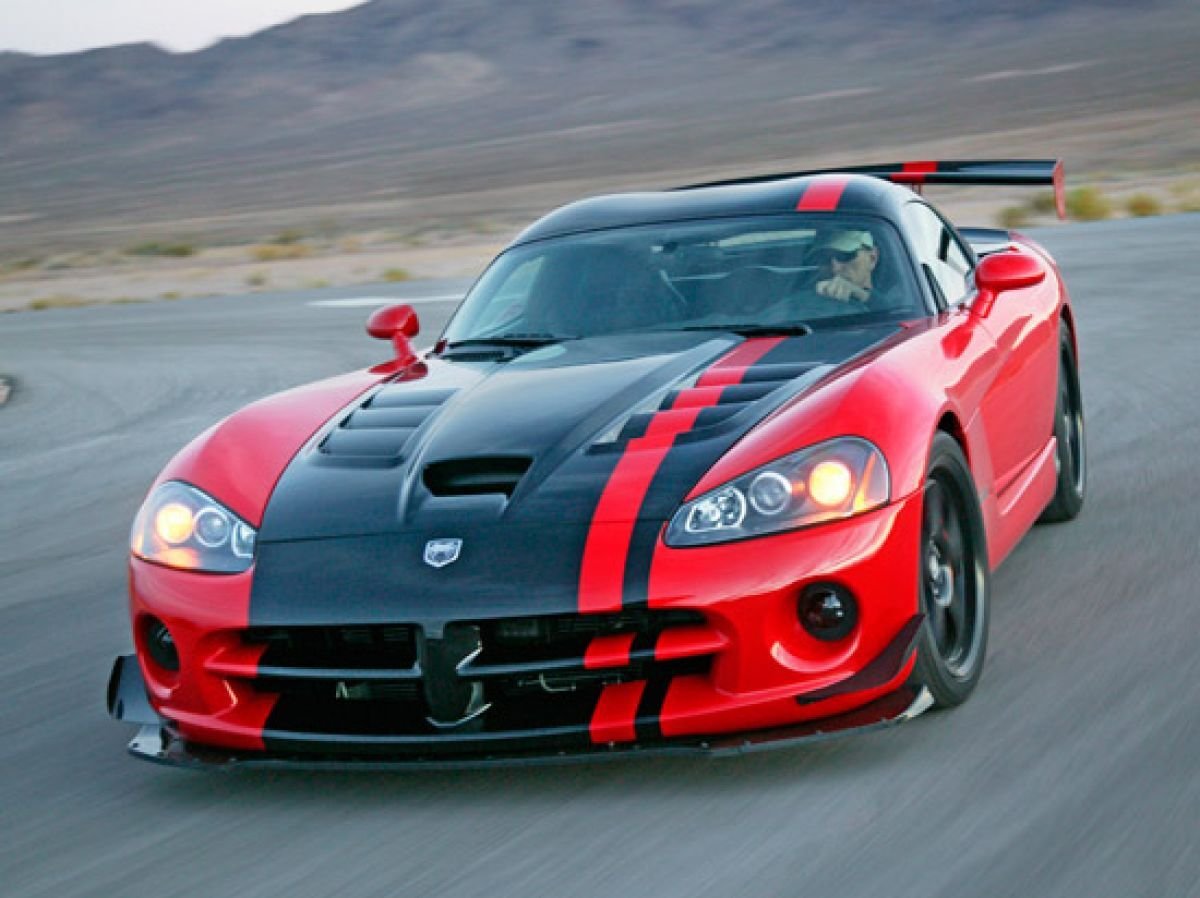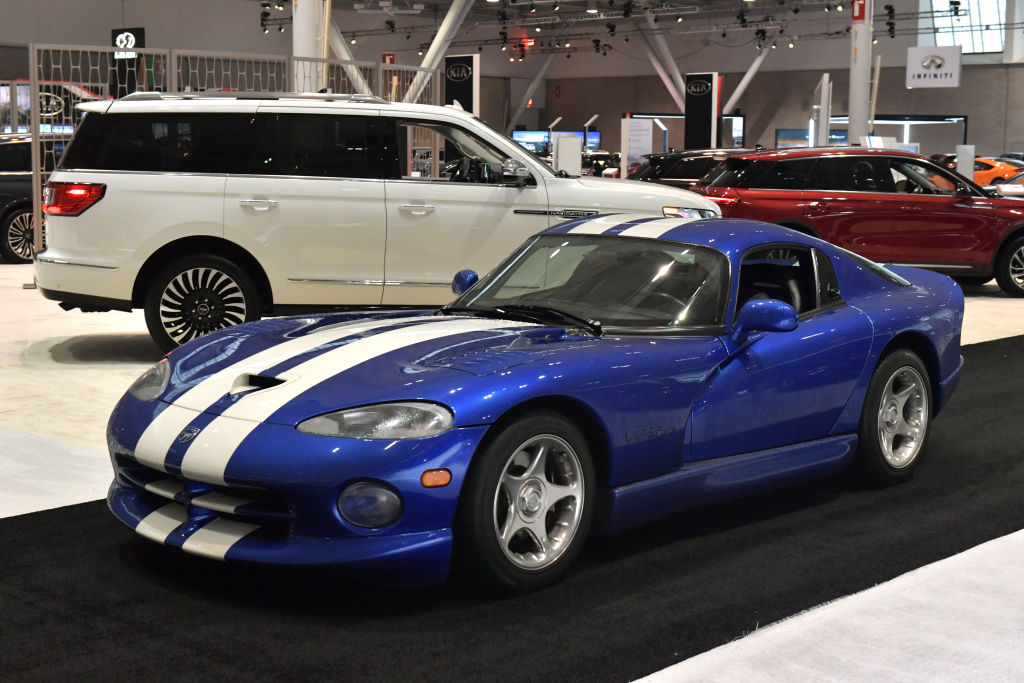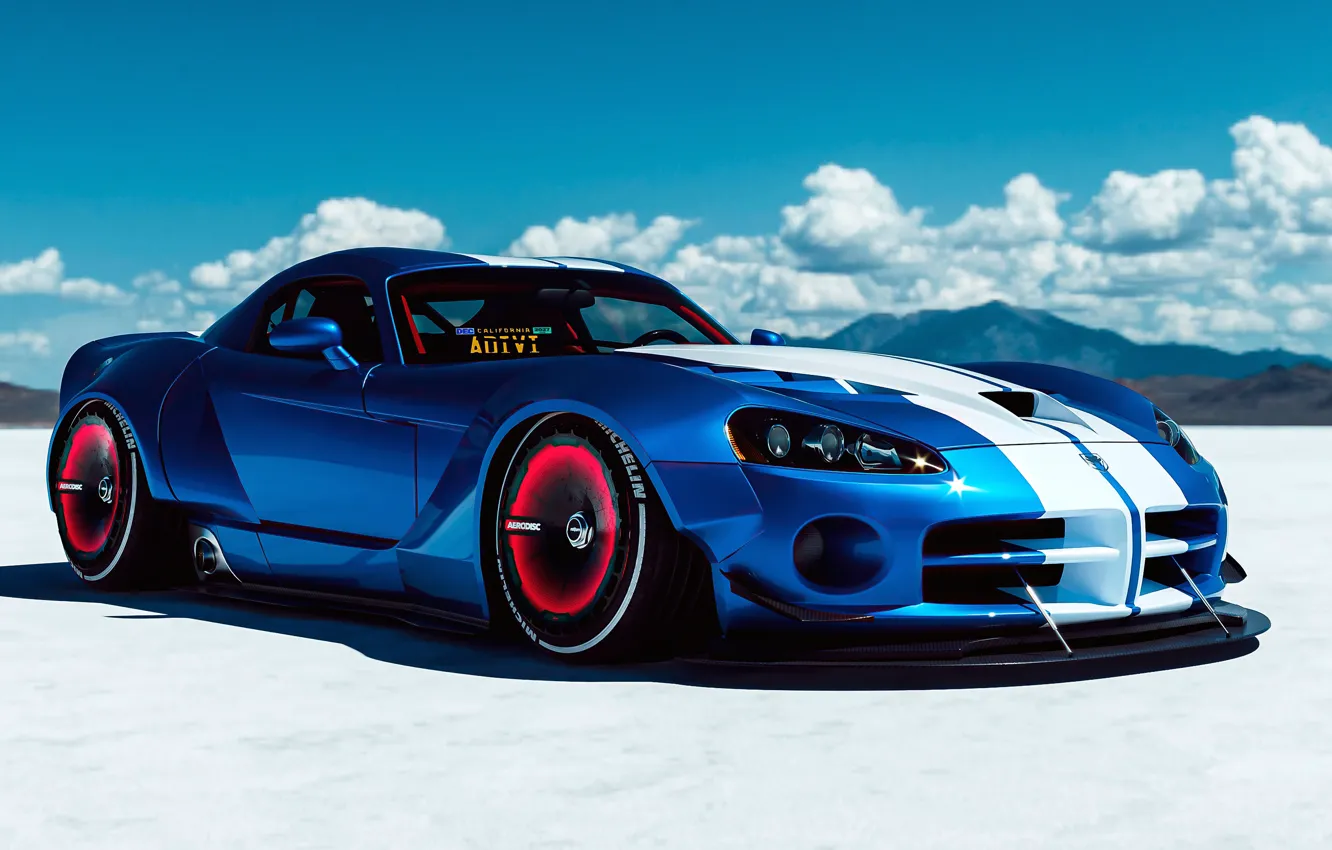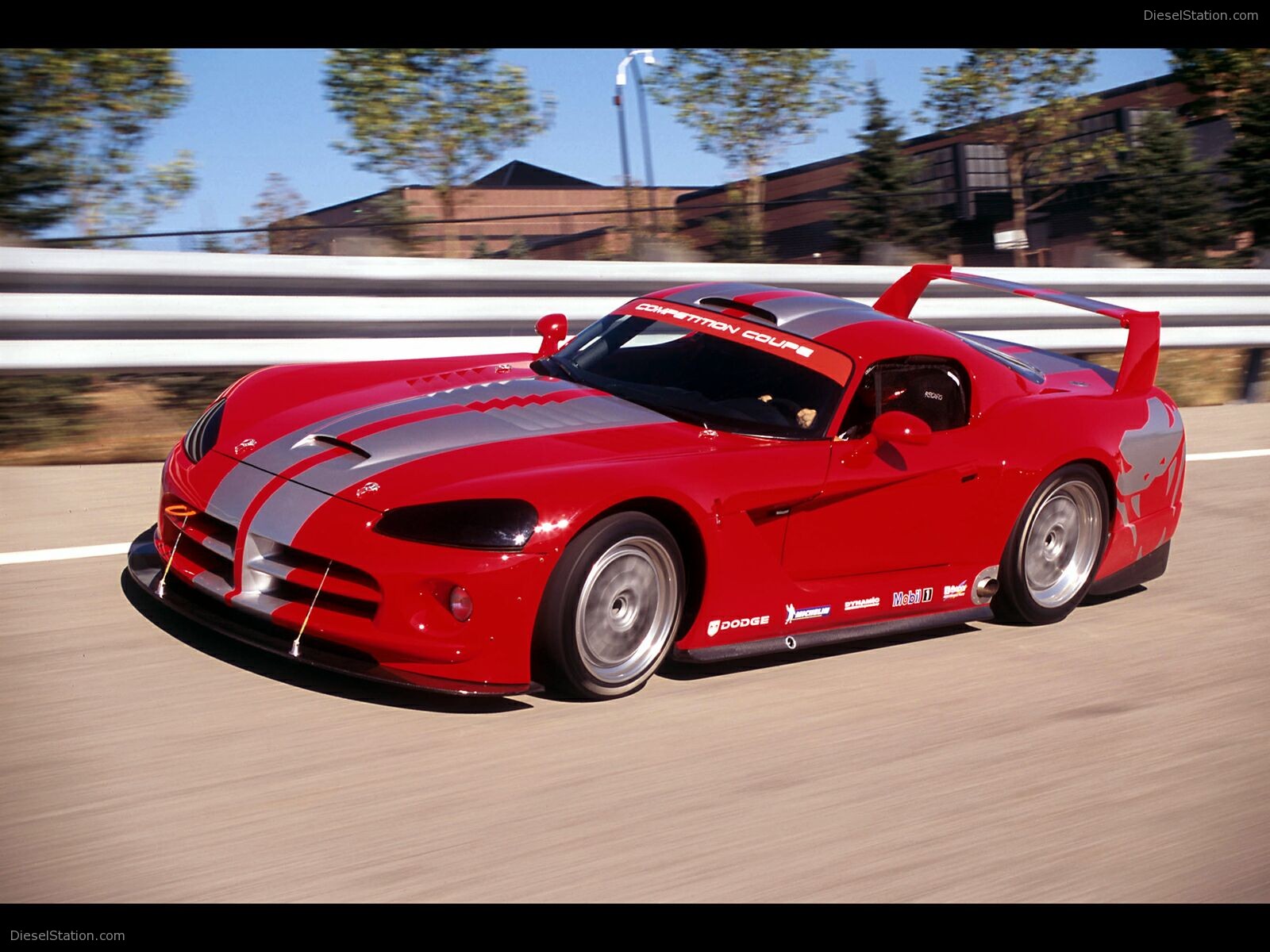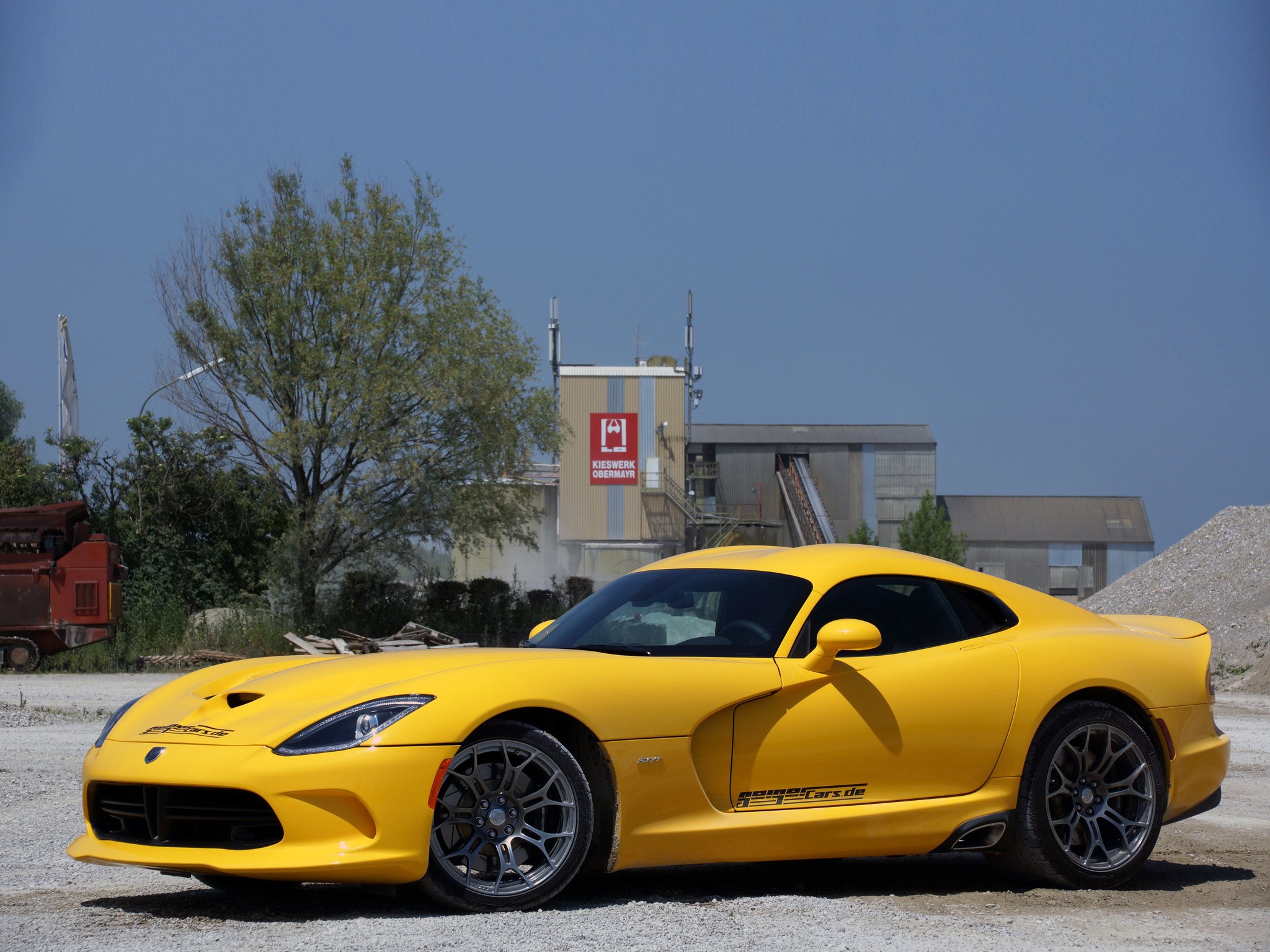Is The Dodge Viper A Muscle Car
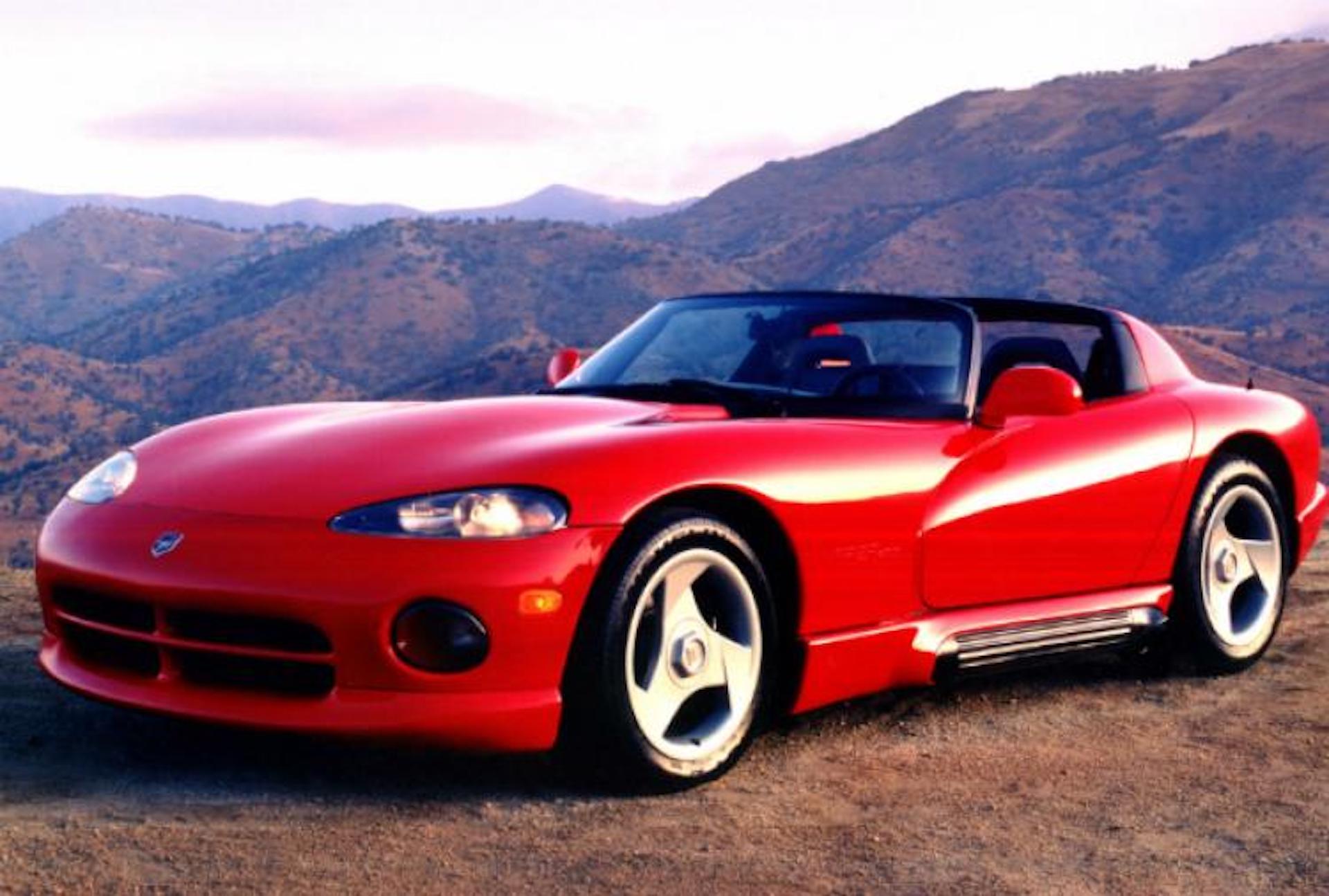
The question hangs heavy in the air, a point of contention among automotive enthusiasts: Is the Dodge Viper a muscle car? More than just semantics, the debate touches on the very soul of what defines American performance and the legacy of speed.
The Dodge Viper, with its raw power and unapologetic design, challenges traditional categorization. This article delves into the heart of the matter, dissecting the arguments for and against its muscle car status, examining its historical context, technical specifications, and cultural impact to determine its rightful place in automotive history.
Defining Muscle: More Than Just Horsepower
What exactly *is* a muscle car? The definition, while seemingly straightforward, is surprisingly nuanced. It generally refers to American-made, rear-wheel-drive coupes or sedans, typically equipped with a large-displacement V8 engine designed for straight-line speed.
Characteristics often include a relatively affordable price point and a focus on raw power over sophisticated handling. Think of icons like the Ford Mustang, Chevrolet Camaro, and Dodge Charger – cars that embody this ethos.
The "affordable" aspect is often debated, as some very powerful and expensive cars from the muscle car era are still categorized as muscle cars, due to their focus on straight-line performance.
The Viper's Case: A Symphony of Power
The Dodge Viper, first introduced in 1992, immediately made a statement. Its massive V10 engine, initially displacing 8.0 liters, produced a staggering amount of power and torque.
Later iterations saw displacement increase and horsepower figures soar. The Viper undeniably boasts the key ingredient of a muscle car: immense power.
Furthermore, the car was a rear-wheel-drive coupe, adhering to the traditional muscle car layout. The Viper was a loud, brash, and visceral experience, all hallmarks of the muscle car experience.
The Counterarguments: A Breed Apart
Despite its power and layout, some argue the Viper deviates too far from the muscle car formula. A significant point of contention is its price.
From the outset, the Viper was positioned as a premium performance vehicle, far exceeding the affordability associated with traditional muscle cars. Its intent was to go after European sports cars, not compete with Mustangs or Camaros.
Another factor is its focus on handling and track performance. While early Vipers were known for their somewhat unruly behavior, later generations saw significant improvements in suspension, braking, and aerodynamics. These improvements moved it closer to the sports car arena.
The Viper's DNA: A Shelby Influence
It's crucial to remember the Viper's origins. The project was initially spearheaded by Carroll Shelby, the legendary automotive designer and builder known for his work with Ford, particularly the Shelby Cobra.
The Cobra, with its lightweight chassis and powerful V8 engine, served as a direct inspiration for the Viper. The Viper sought to embody the same raw, untamed spirit as the Cobra, albeit in a more modern package.
However, the Cobra is generally considered a sports car, blurring the lines even further.
Expert Opinions and Industry Perspectives
Automotive journalists and historians remain divided on the issue. Some champion the Viper's inclusion in the muscle car category, citing its raw power and American origin. Others emphasize its price point, handling capabilities, and overall design as factors that disqualify it.
In a 2013 article, *Car and Driver* called the Viper, "raw, visceral, and unapologetically American," a description that resonates with the muscle car ethos.
Dodge themselves have never explicitly labeled the Viper as a muscle car. Their marketing materials often focused on its performance capabilities and its status as a halo car for the brand.
The Cultural Impact: A Modern Icon
Regardless of its classification, the Dodge Viper has undeniably left a lasting mark on automotive culture. Its striking design, monstrous engine, and performance capabilities have made it an icon.
The Viper has been featured in countless movies, video games, and television shows, solidifying its place in popular culture. It represents a uniquely American approach to performance – bold, brash, and unapologetic.
The Viper's impact extends beyond its performance figures. It represents a time when American automakers were willing to take risks and push boundaries.
Conclusion: A Gray Area of Performance
Ultimately, the question of whether the Dodge Viper is a muscle car remains a matter of perspective. It possesses some of the key characteristics, such as a large displacement engine and rear-wheel drive.
However, its price point, handling focus, and sports car aspirations set it apart from the traditional muscle car mold. It exists in a gray area, straddling the line between muscle car and sports car, defying easy categorization.
Perhaps the most accurate description is that the Dodge Viper is a uniquely American performance car, drawing inspiration from both muscle car and sports car traditions, and forging its own distinct identity.

